In the late 1960s, Gordon Todd and 11 other RCAF pilots practised dropping atom bombs on Europe: 'The most destructive power in our history'
Published Oct 14, 2024 • Last updated 0 minutes ago • 5 minute read
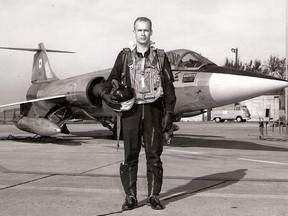
Prominent Canadian military historian David J. Bercuson has released his 15th book, to mark the 100th anniversary of the Royal Canadian Air Force this year. “Canada’s Air Force: The Royal Canadian Air Force at 100” tells the story of the RCAF from its founding in 1924 to today. It is the third volume in a series published by the University of Toronto Press that includes Canada’s Army, by Jack Granatstein and Canada’s Navy by Marc Milner. In this excerpt, Bercuson lifts the veil on Canada’s Cold War readiness through the story of a Quebec farmboy who spent his days practising unleashing nuclear hell on the enemy, if that became necessary.
Advertisement 2
THIS CONTENT IS RESERVED FOR SUBSCRIBERS
Enjoy the latest local, national and international news.
- Exclusive articles by Conrad Black, Barbara Kay and others. Plus, special edition NP Platformed and First Reading newsletters and virtual events.
- Unlimited online access to National Post and 15 news sites with one account.
- National Post ePaper, an electronic replica of the print edition to view on any device, share and comment on.
- Daily puzzles including the New York Times Crossword.
- Support local journalism.
SUBSCRIBE FOR MORE ARTICLES
Enjoy the latest local, national and international news.
- Exclusive articles by Conrad Black, Barbara Kay and others. Plus, special edition NP Platformed and First Reading newsletters and virtual events.
- Unlimited online access to National Post and 15 news sites with one account.
- National Post ePaper, an electronic replica of the print edition to view on any device, share and comment on.
- Daily puzzles including the New York Times Crossword.
- Support local journalism.
REGISTER / SIGN IN TO UNLOCK MORE ARTICLES
Create an account or sign in to continue with your reading experience.
- Access articles from across Canada with one account.
- Share your thoughts and join the conversation in the comments.
- Enjoy additional articles per month.
- Get email updates from your favourite authors.
THIS ARTICLE IS FREE TO READ REGISTER TO UNLOCK.
Create an account or sign in to continue with your reading experience.
- Access articles from across Canada with one account
- Share your thoughts and join the conversation in the comments
- Enjoy additional articles per month
- Get email updates from your favourite authors
Article content
In the late 1960s, at the height of the Cold War, Gordon Todd — who grew up on a dairy farm in southern Quebec — flew practice missions in an RCAF CF-104 Starfighter, to prepare for the day when war might break out between the North Atlantic Treaty Organization (NATO) and the Warsaw Pact along the line that demarked Communist eastern Europe and the NATO nations to the west.
At that time, Canada had six CF-104 Starfighter squadrons in Europe based at Zweibrucken, in what was then West Germany, and Baden-Soellingen. Todd was a pilot in No. 430 Squadron. Each of the RCAF CF-104 squadrons detailed two fighters at a given time to fly from their bases to the east to drop 12 nuclear weapons of some 70 kilotons each on selected military targets in East Germany, Poland or other Warsaw Pact countries.
Todd’s usual target was a marshalling yard in Wroclaw, Poland, a city on the Oder River in Silesia.
Had he and the 11 other RCAF pilots actually flown their wartime nuclear missions on any given day in the late 1960s, they would have unleashed many more destructive tonnes on an enemy target than all the RCAF pilots, crews and heavy bombers that had pounded Nazi Germany in the entire Second World War.
By signing up you consent to receive the above newsletter from Postmedia Network Inc.
Article content
Advertisement 3
Article content
When the RCAF had come to his high school and offered scholarships to Royal Military College in Kingston, Ont., Todd later remembered: “They said they would pay me to go to university so I said being a farmer’s kid that didn’t want to stay on the farm, that was a good idea.”
That began Todd’s career as a cadet at RMC and a pilot trainee for the RCAF. He started in 1962 flying a Chipmunk training plane out of Centralia, Ont., then went to Gimli, Man., to train on the then new Canadair Tudors, a training jet where pilot and trainee sat side by side, followed by the T-33 trainer. Todd was then transferred to Chatham, N.B., where he trained on the venerable Canadair Sabre (the Canadian version of the US F-86 fighter), then drove to Cold Lake, Alta., stopping in Sherbrooke, Que., to get married.
At Cold Lake, he was introduced to the new CF-104 Starfighter, a beast of an airplane that was also flown by the German air force and which crashed and killed German pilots so frequently that the Germans told the macabre joke that the plane killed more Germans than had died in the Battle of Britain.
Advertisement 4
Article content
Shaped like a rocket with stubby but very thin wings, the CF-104 was designed as a high altitude interceptor. Over 25 years, the RCAF lost 110 out of the original purchase of 238 aircraft, killing 37 pilots. On some flights the fighter climbed to at least 80,000 feet although its normal operational height was 50,000 with a top speed of Mach. 2.2 or 1,500 miles per hour.
Our philosophy at the time was that NATO would use first strike and would not hesitate to use nuclear weapons first
Gordon Todd
In RCAF service, the CF-104 was dedicated to the nuclear strike role.
Carrying a B28 atomic bomb on a centreline rack under the fuselage, the Canadian pilots — two jets per squadron — would sit alert from three to four days every month for 24 hours, ready to strike tactical targets inside Warsaw Pact countries.
The mission, which he and the other Canadian pilots practised on a regular basis, was supposed to take about 80 minutes to and from the target with a dummy bomb slung under the plane. The exercises involved make-believe targets in Germany or France.
In each flight, Todd and the other Canadian pilots flew towards dummy targets at Mach .8, increasing to Mach .9 (about 650 miles per hour) as they neared their targets. In clear weather they flew at an altitude of 100 feet or lower when possible to avoid Soviet built SAM 2 or 3 anti-aircraft missiles, Mig 17, 19 or 21 fighters, or the very accurate, radar guided, ZSU-23 anti-aircraft guns. In cloudy weather the fighter flew at 800 to 1,000 feet altitude, navigating by the radar mounted in the nose of the fighter.
Advertisement 5
Article content
As the fighter approached the target, Todd would press a bomb release lever (called a pickle button), and an alarm would sound as his aircraft would go into a 45 degree climb. Then a second timer alarm would go off and the bomb would be released to fly to the target in a parabola. A drogue parachute would slow the bomb down before it exploded at the target with a blast several times as large as the atomic bombs that had been dropped on Hiroshima and Nagasaki.
At that point, Todd was supposed to roll his fighter on its back, pull down to the ground and escape.
Todd would later remember that the nuclear strike pilots rarely if ever thought about the moral or ethical questions about using nuclear weapons on the enemy: “There wasn’t a lot of ethical discussion about whether we should do it or not. It was just that’s the way it was. The reason for why we were going to do it is because we know the (East) Germans were invading and pouring through the Fulda Gap,” he later remembered.
“This was how we were going to stop them. I mean our philosophy at the time was that NATO would use first strike and would not hesitate to use nuclear weapons first if that happens.”
Advertisement 6
Article content
Years later, Todd would reflect on the meaning of these missions: “One thing about the nuclear strike role, it was probably the most power our air force ever had when you think of the attack element (which) would actually load 70% of airplanes on base with nuclear weapons … So three squadrons, that’s 60 airplanes, 40 airplanes loaded with (atomic) bombs out there on the line…That (was) the most destructive power in our history… We had a big role to play and I’ve always thought that was the most important job I ever had.”
And probably the most important assignment given to any Canadian air force pilot before or since.
Excerpted from “Canada’s Air Force: The Royal Canadian Air Force at 100” (University of Toronto Press)
Recommended from Editorial
-

Defending Canada's far-north called key to protecting sovereignty
-

Avro Arrow jet cancellation sparked by secret intelligence saying it was no longer needed: new paper
Our website is the place for the latest breaking news, exclusive scoops, longreads and provocative commentary. Please bookmark nationalpost.com and sign up for our newsletters here.
Article content
.png)
 4 days ago
10
4 days ago
10





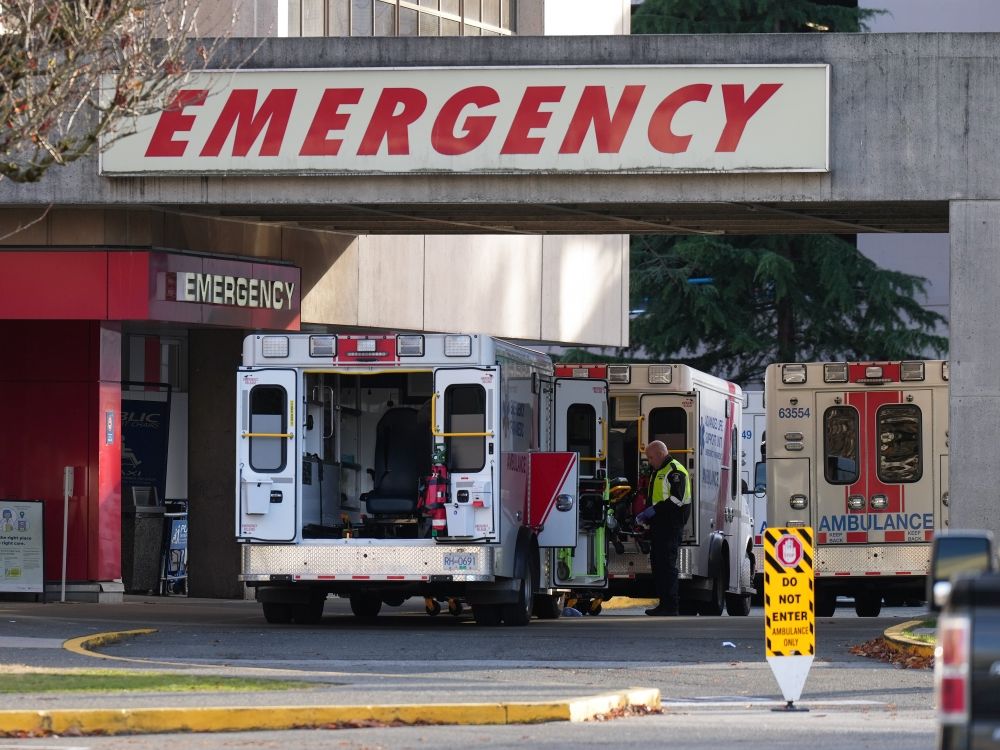
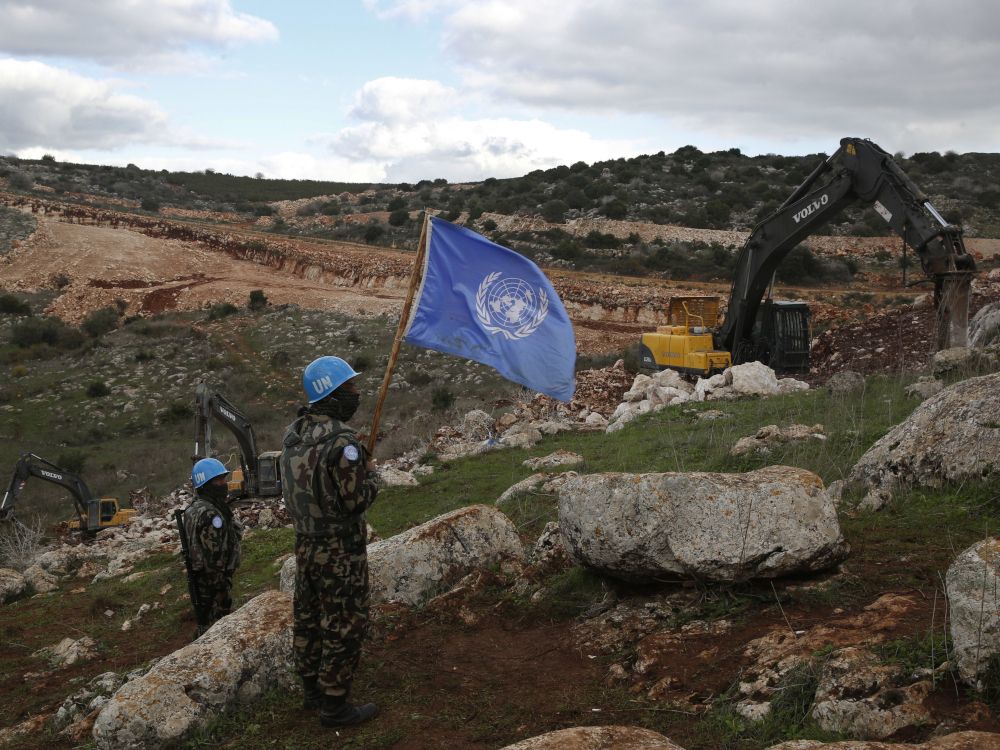

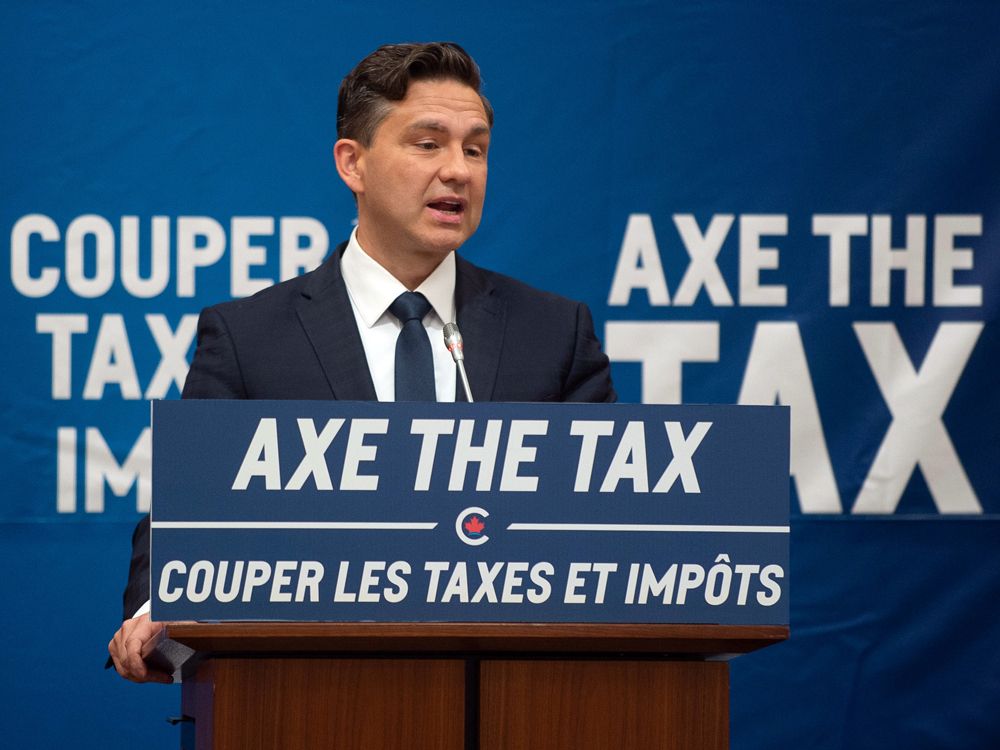
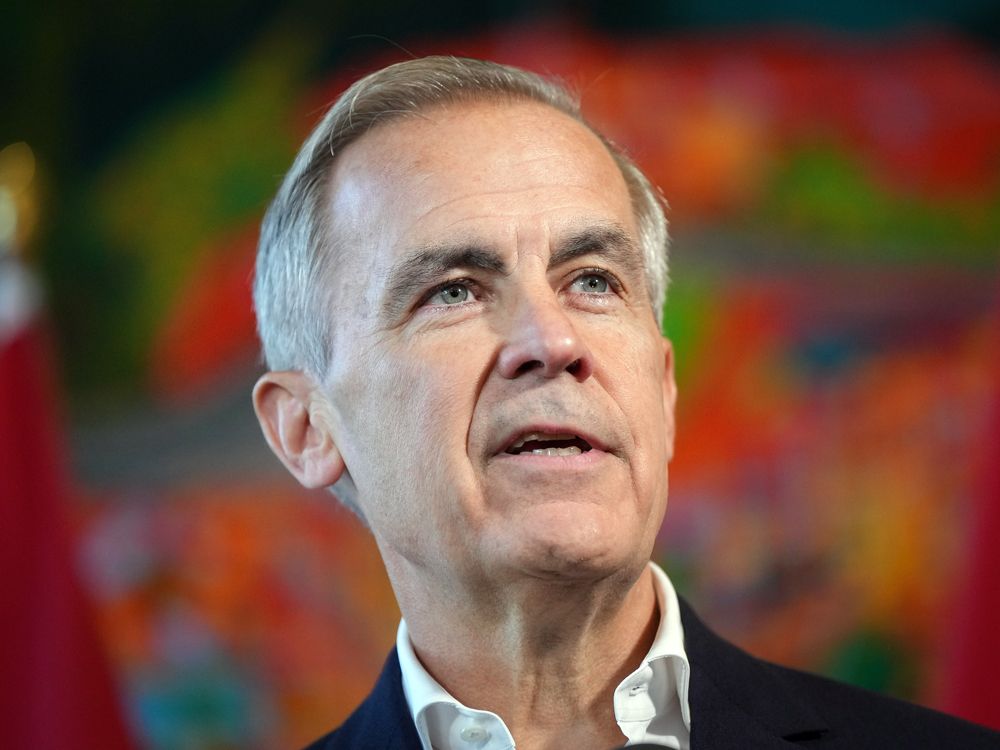
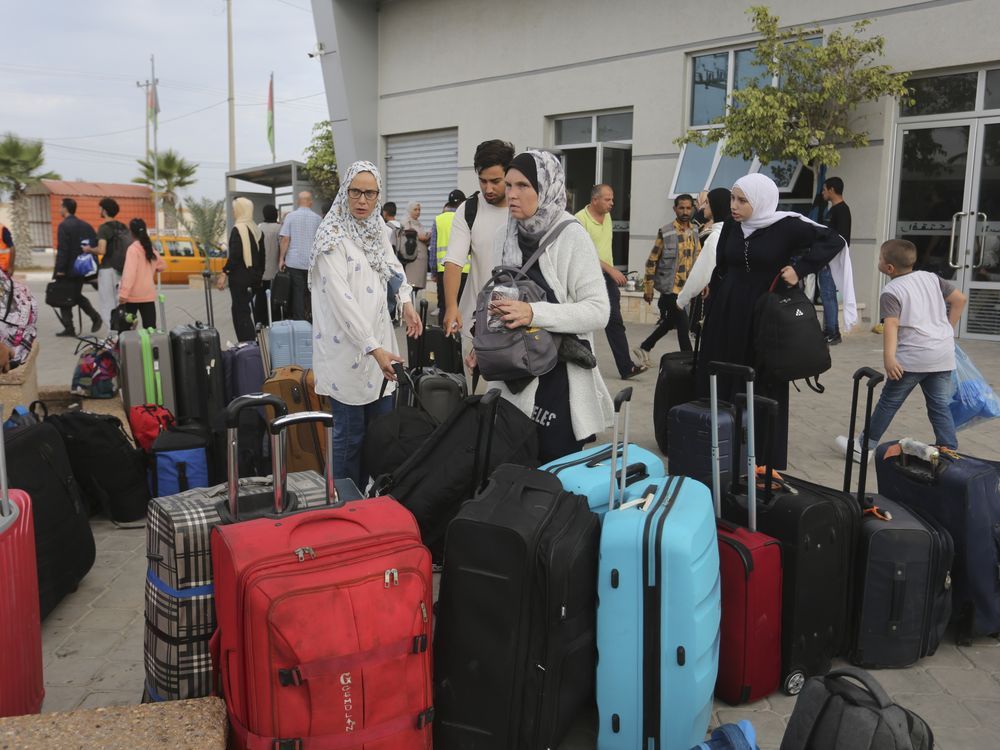
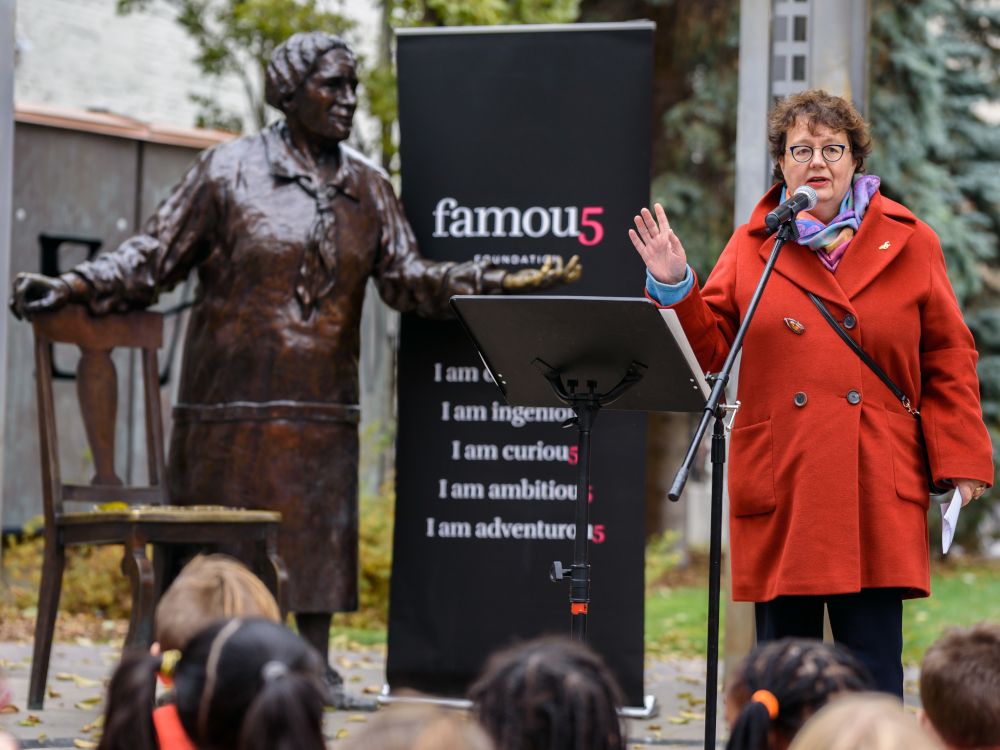

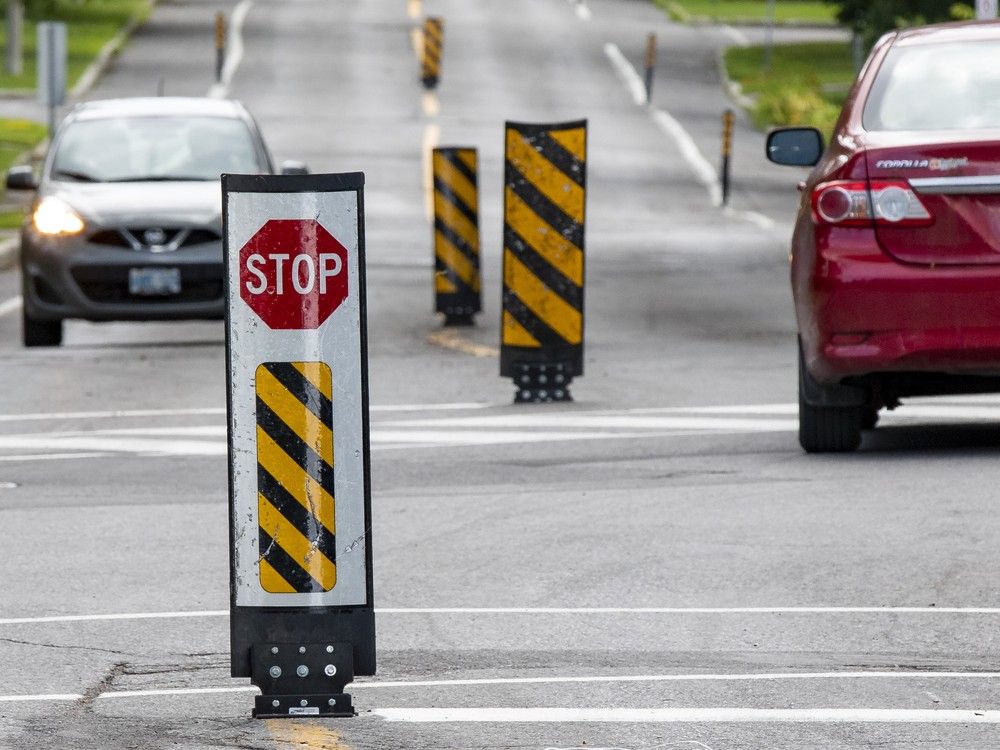












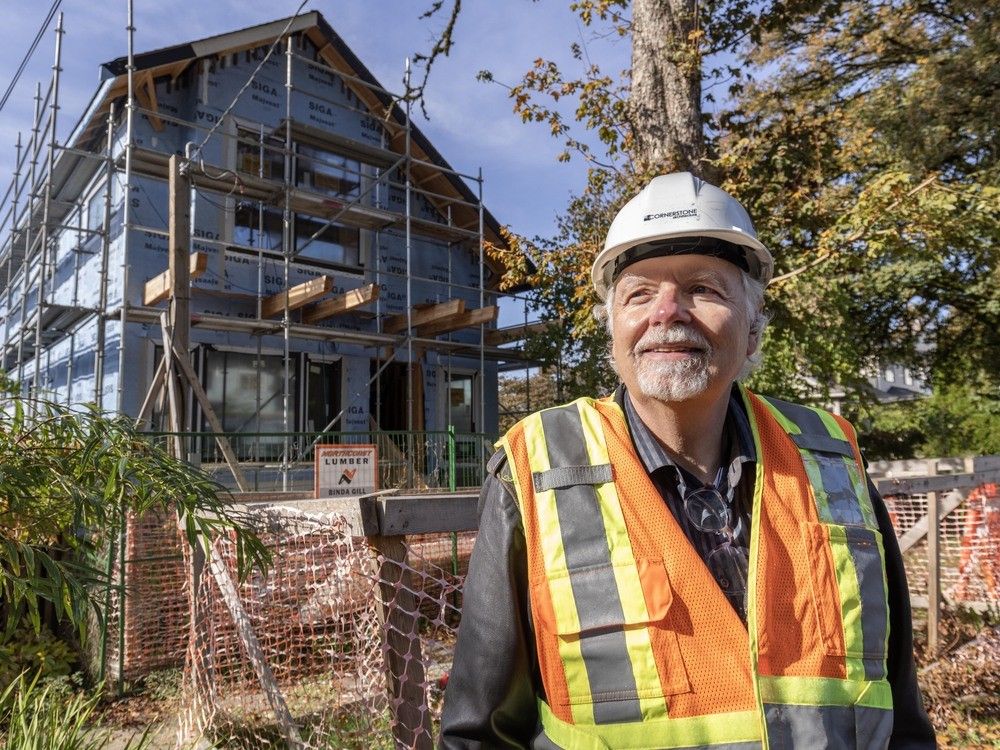

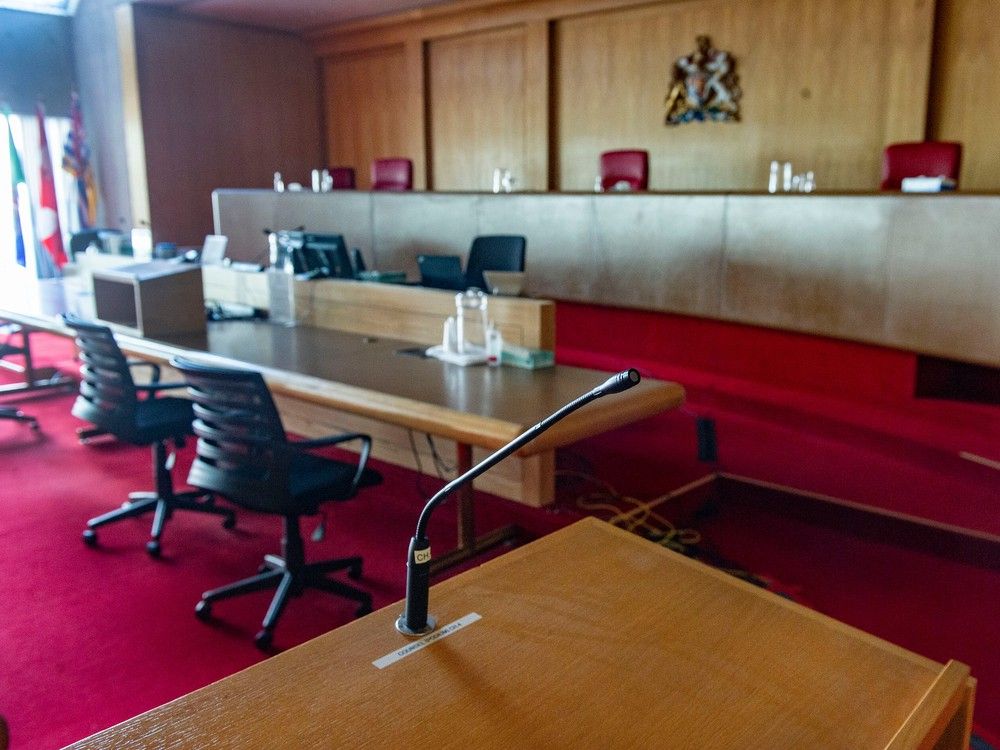
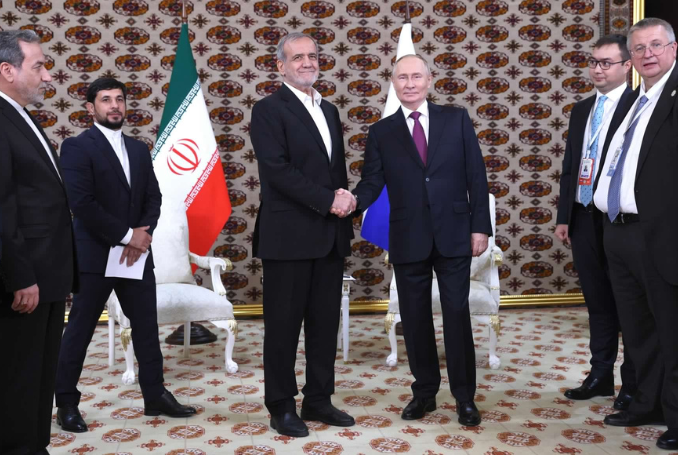



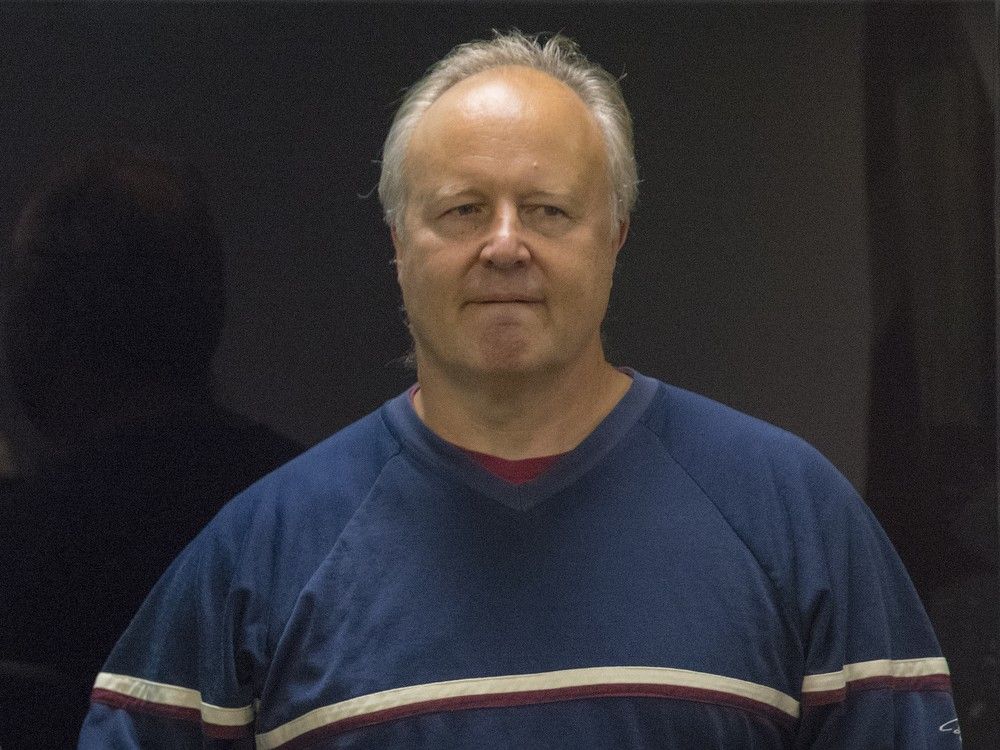
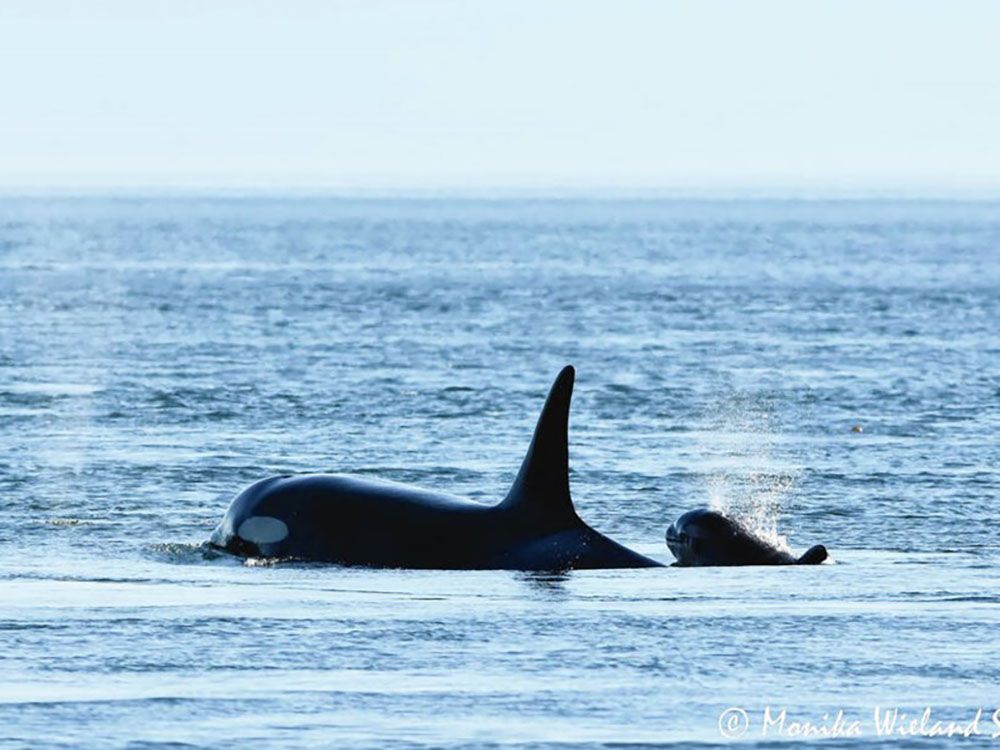

 Bengali (BD) ·
Bengali (BD) ·  English (US) ·
English (US) ·